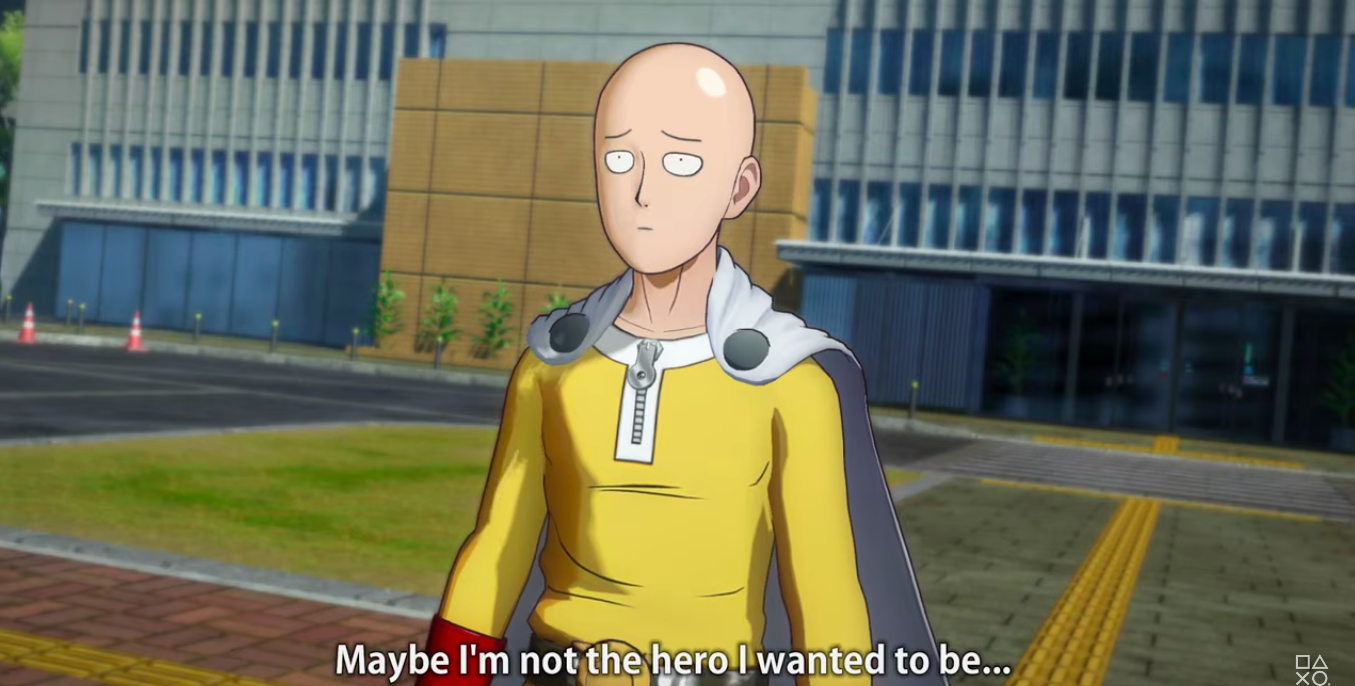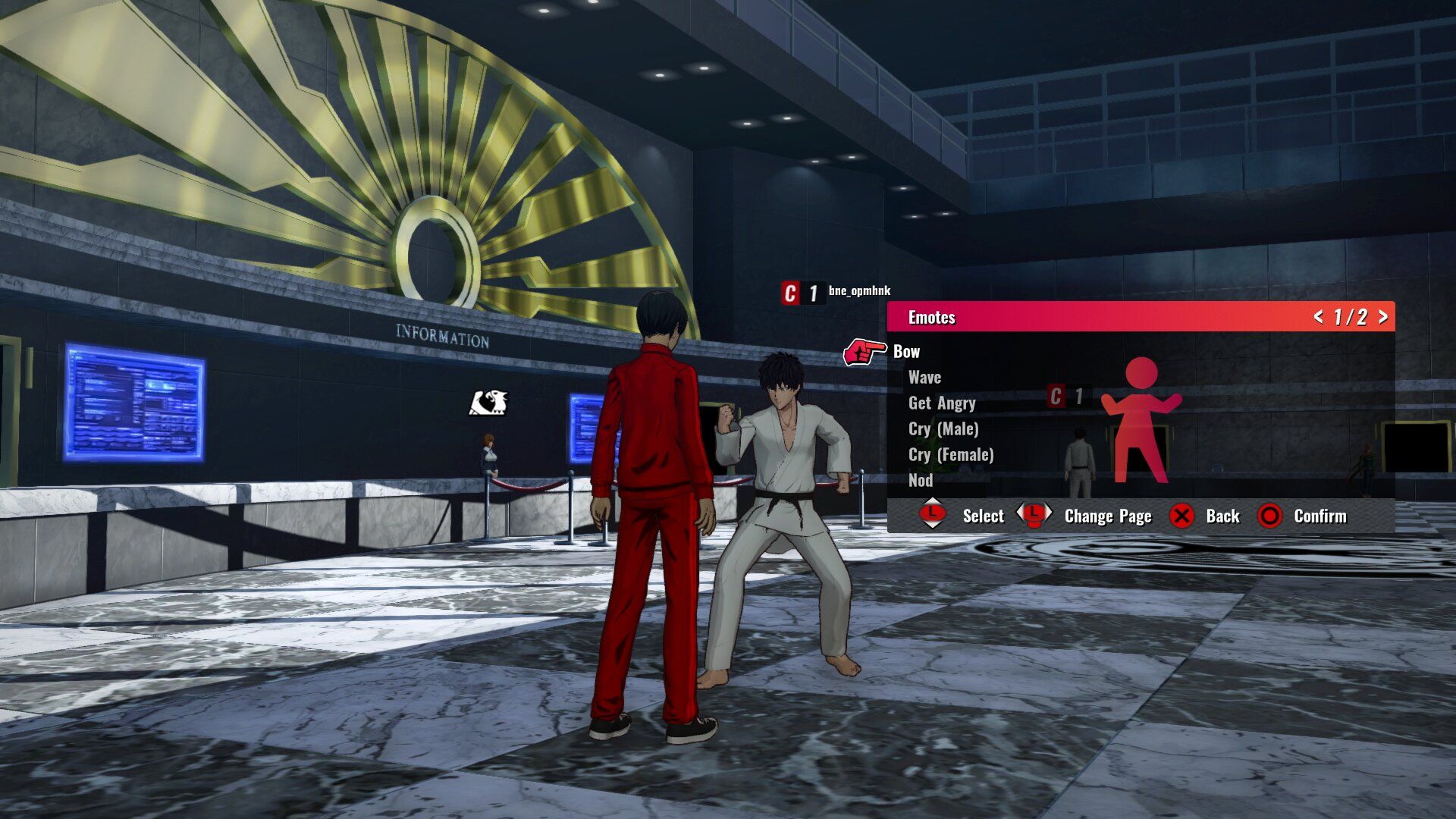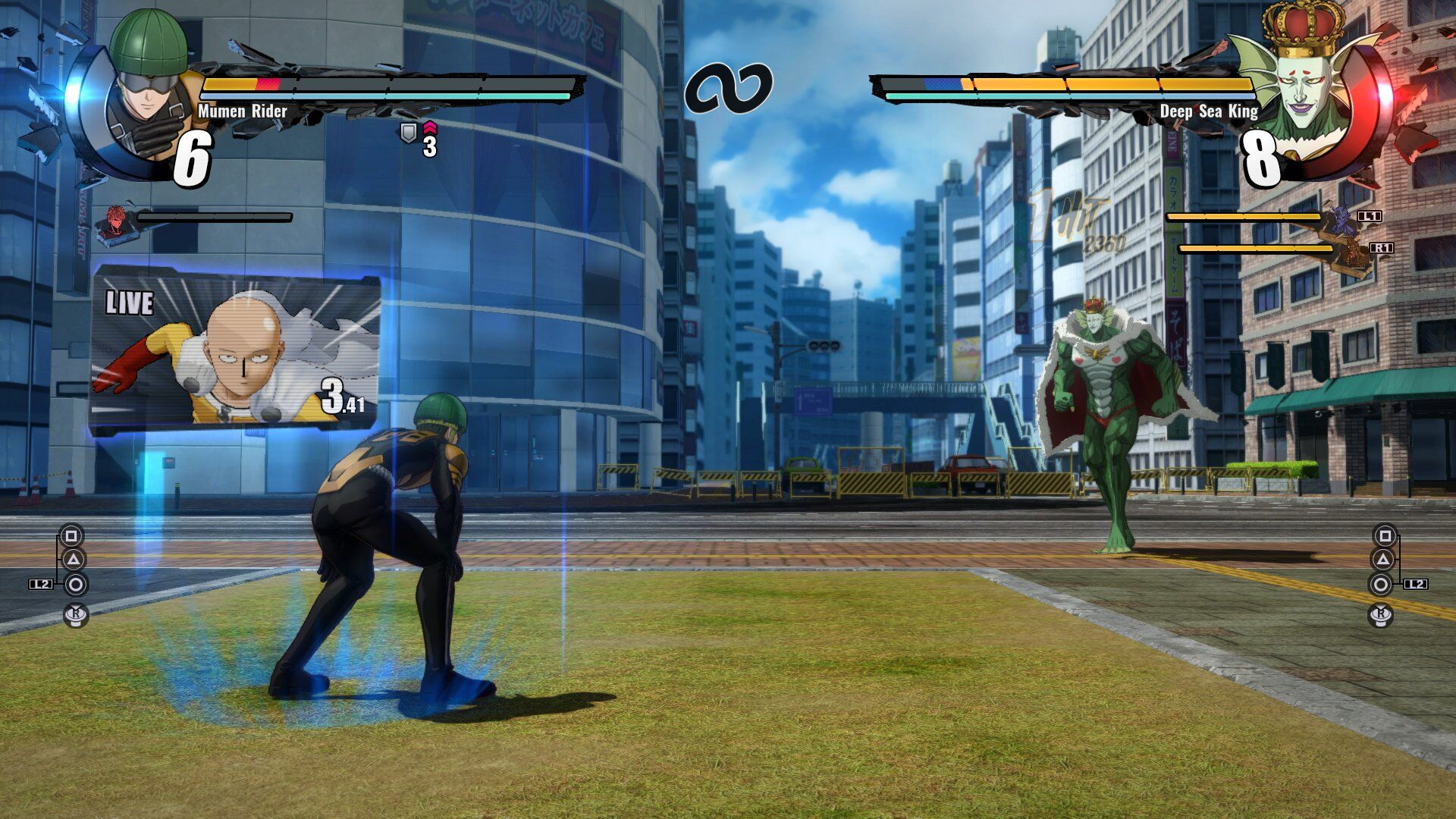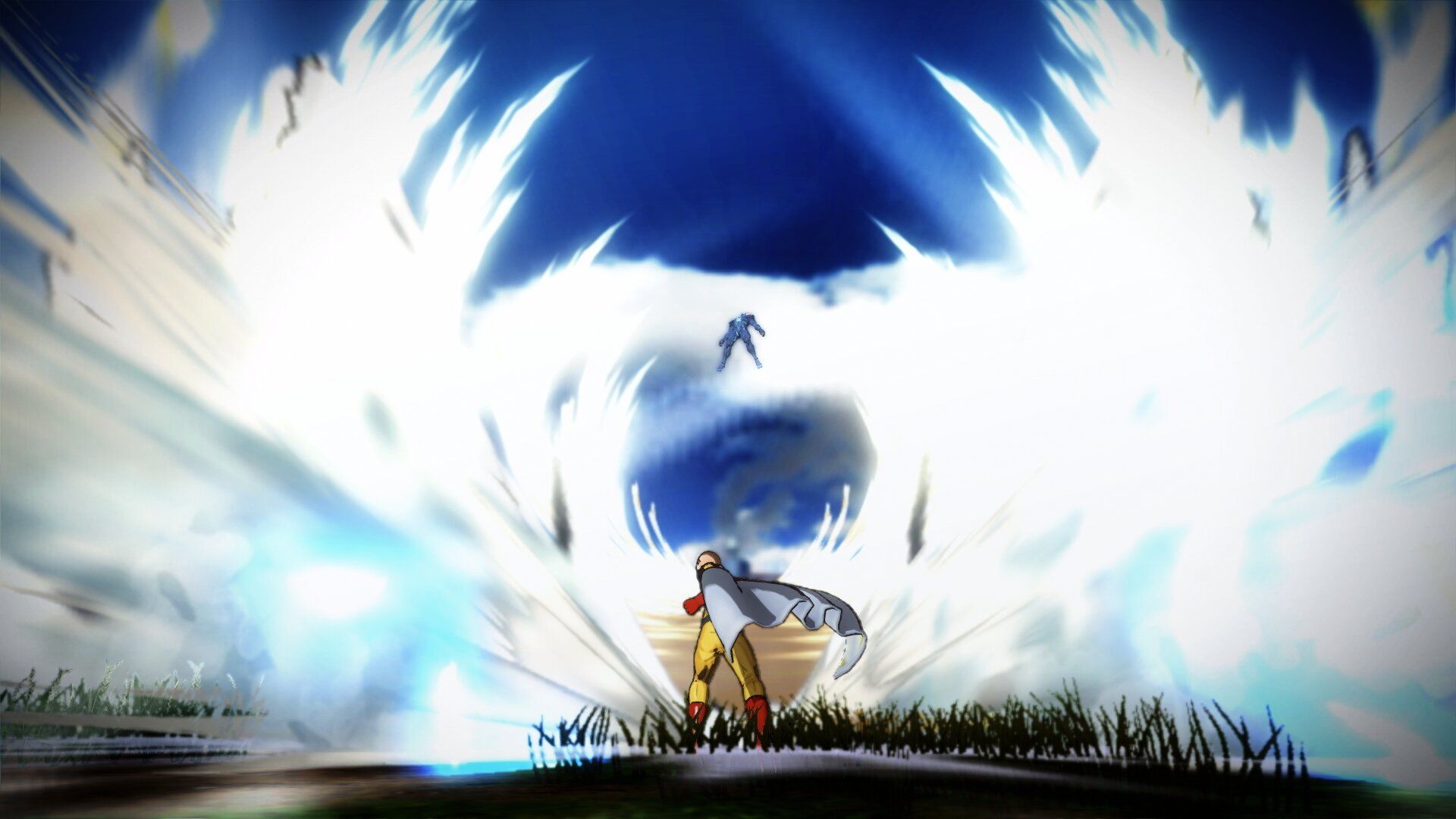No one should expect balance in an anime fighting game. I'm sure developers try hard to achieve it, but the source material itself is stacked against them. Most anime that get adapted into fighting games are of the shonen genre. That means each villain is markedly stronger than the last, certain clans have top-tier abilities, and the hero is overpowered beyond belief. All of that is especially true in One Punch Man, a series that ramps up the tropes for comedic effect. So does the video game version of One Punch Man have any hope of balanced gameplay? Not really, but it's still fun.
TheGamer got to participate in the recent closed beta for One Punch Man: A Hero Nobody Knows. While it was a beta, and therefore a work in progress, we got some idea of how it will play. In particular, we learned how Saitama shapes the mechanics in inventive but sometimes frustrating ways.
Familiar To Fans
The closed beta began with avatar selection. While the full game will offer a full selection of bizarre costume options, the beta offered two default-looking people. There was the tracksuit woman and karate guy. After picking one, the player is sent to the hub area, which looks like the lobby of an office building. It's the Hero Association building from the show, and the player's avatar is a rookie hero. But more on that in the full game's story mode. The beta only offered a few NPC heroes to chat with, other players to emote with, and one receptionist who sets up battles.
Anyone who has played a recent Bandai Namco anime fighter should recognize this setup. It's worked for Dragon Ball Xenoverse, it was a hit in Jump Force, so it seems like it's standard now. Although this hub area lacks the character of ones in previous games. Or maybe it's just that a modern office building isn't as exciting a setting as a dimension between dimensions.
On the plus side, the presentation keeps up with the tone of the source material. The menus and battle stats are cleverly based on the Hero Association rankings that permeate every aspect of how heroes operate in One Punch Man's world. Character selection informs you of what hero ranking or villain class your fighters have. At the end of the battle, you're given a rating of sorts based on how fast and safely you ended the fight. Extra information, like stage hazards and reinforcements, are delivered as if through news report. It all integrates the way the Hero Association uses technology to monitor all the battles of the series.
Fights Pack A Punch, And A Problem
The battles of One Punch Man: A Hero Nobody Knows are 3v3 slugfests where one player wins when they take out all of the opponent's fighters. One face button does a light attack that is easy to chain into combos, another is a heavy attack meant to push away foes. Another blocks, and the last jumps. The shoulder buttons, meanwhile, can be used to dash, switch fighters, or set up "Killer Moves." Finally, the right thumbstick can be clicked down to enter an awakening mode, where the character's finishing move can be unleashed.
Again, anyone who's played an anime fighter will pick up the general rhythm quickly. Certain characters fit into niches based on how they fight in the source material. Speed O' Sound Sonic is a terrifyingly fast rushdown character with easy combos. Tatsumaki the Terrible Tornado tosses debris and launches foes who get too close with her telekinesis. At the beginner level, players often just spam their light combos or block persistently and wait for an opening. More experienced players mix up getting close and falling back to charge energy for Killer Moves. Play is medium-fast, although it lacks the bombast of Naruto or Dragon Ball games. This isn't too fantastical of a setting after all. Therefore, most characters demand smart melee play to shine, instead of holding back and spamming beams. Or that would be the case, were it not for Saitama.
There was always a question as to how Saitama – a man so strong he destroys enemies with one punch – would work in a fighting game. This game's answer is that he's always late. If you pick Saitama for your team, you cannot start with him. Instead, he begins battle across the city and sprinting to reach the scene. A mini video feed shows him running and gives a countdown clock to his arrival. For 200 seconds, the player must survive a 2v3 match. If both players pick him, it becomes a race to see who can land more combos to shave the most time off their clock. When Saitama does arrive, he becomes controllable and has all his signature strength. To sum it up, choosing Saitama is agreeing to take a handicap in exchange for a potential invincible fighter.
That's an amazingly creative way to incorporate an impossibly strong character into a video game. The developers deserve applause for the idea. Players, however, reacted as you'd imagine. Namely, they stalled and turtled to run out the clock for Saitama's arrival.
There are two factors that show the developers probably anticipated this. The first is a separate lobby that bans Saitama. Sadly, I didn't find many matches in this lobby. Maybe after release it will get more popular once people tire of the novelty of Saitama. The other is the simple fact that Saitama takes a long time to get there. During my three hour beta period, I saw him arrive once. So Saitama is not an alternative to getting good. Victory will still come down to the better player. Still, it was disheartening to see so many players resort to endless blocking, running, and projectile spamming. Again, one can only hope that players move away from these tactics once they've had more time with the game.
One Punch Man: A Hero Nobody Knows is still going to please fans with its wonderful use of the source material. They'll have fun summoning Saitama and reveling in the resulting explosion from his simple punch. Those hoping for a deep, balanced fighter will probably want to look elsewhere. But then that's usually the deal with anime fighting games. We don't all want to be pros. Sometimes we're just heroes for fun.




